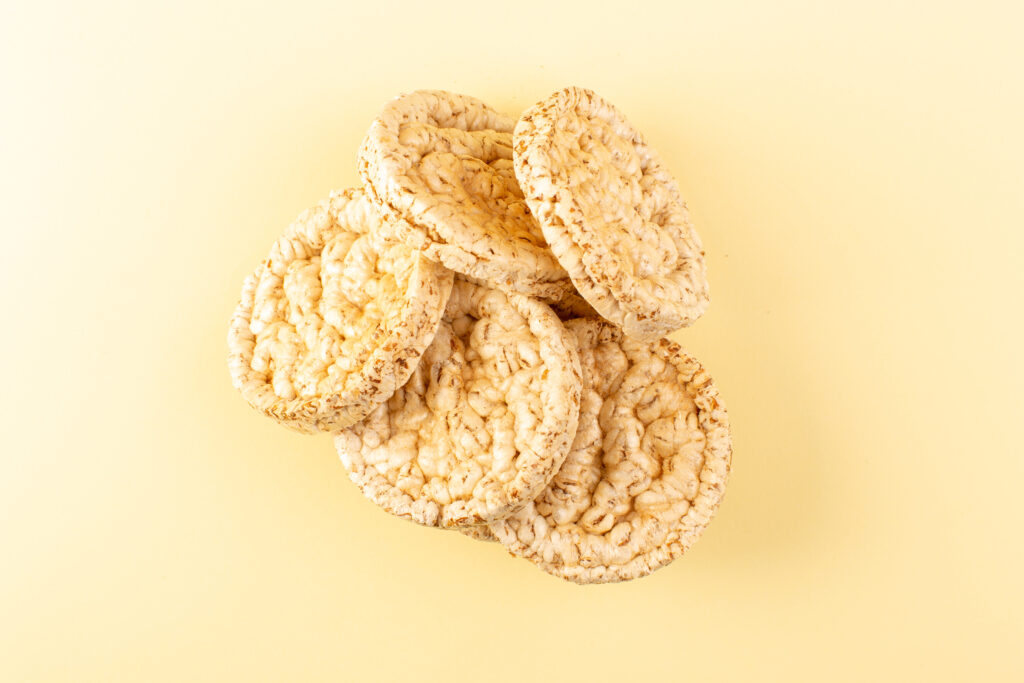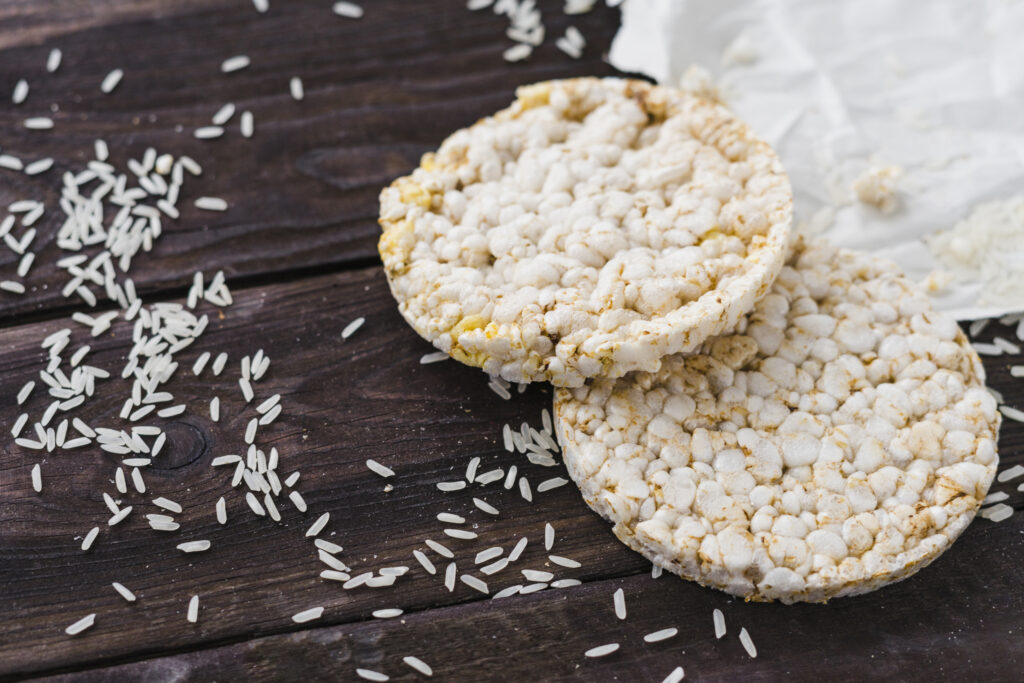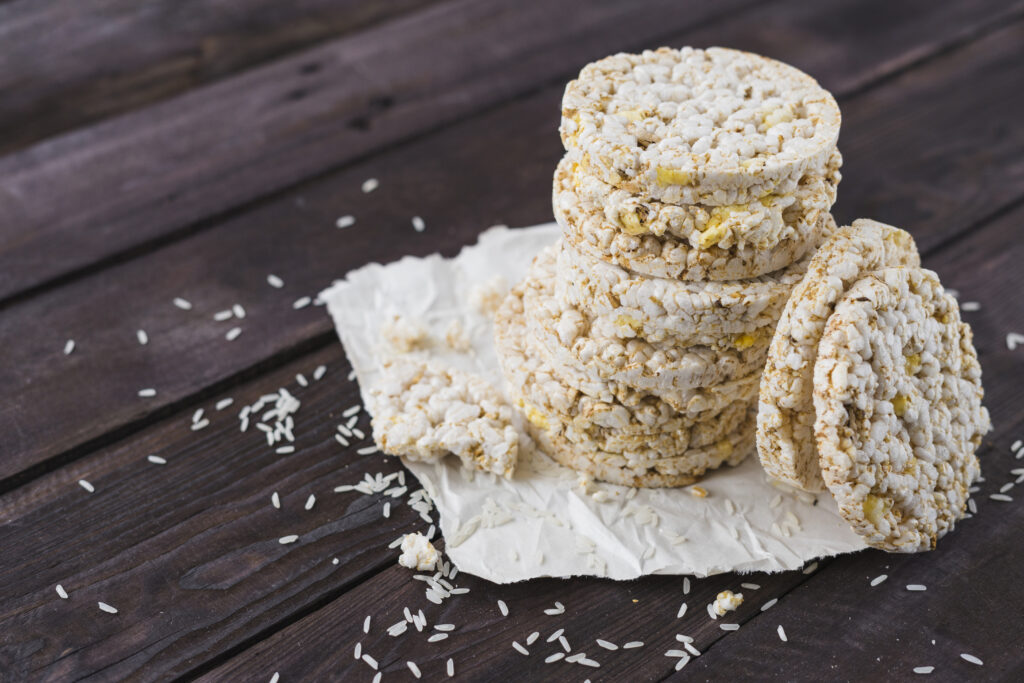
Introduction to Rice Krispies and Gluten
Discovering Rice Krispies: A Breakfast Staple
Rice Krispies, the iconic, crispy rice cereal, has delighted families for generations. Known for its snap, crackle, and pop, this breakfast staple offers a simple yet satisfying start to the day. But as dietary awareness grows, so does the scrutiny of what’s in our favorite foods.
Unraveling the Mystery of Gluten
Gluten, a protein found in wheat, barley, and rye, poses dietary challenges for many. From those with celiac disease to individuals with gluten sensitivity, the quest for gluten-free options is more than a trend—it’s a necessity for health and well-being.
The Gluten-Free Inquiry
The question, “Are Rice Krispies gluten-free?” emerges naturally. At first glance, rice, the primary ingredient, suggests a gluten-free green light. However, the answer is not so straightforward. This section delves into the complexities of gluten in Rice Krispies, setting the stage for a deeper exploration.
The Gluten Content in Rice Krispies
Ingredients Under the Microscope
Rice Krispies, a beloved breakfast cereal, primarily consists of rice, which naturally does not contain gluten. However, a closer look at the ingredient list reveals the presence of malt flavoring, derived from barley, a gluten-containing grain. This inclusion raises concerns for those adhering to a gluten-free diet.
The Role of Barley Malt Flavoring
Barley malt flavoring is a common ingredient in various cereals, including Rice Krispies. It imparts a distinct taste that many have come to love. Unfortunately, barley is a source of gluten, which means that Rice Krispies cannot be considered gluten-free due to this ingredient.
Understanding Cross-Contamination
Even if Rice Krispies were made without barley malt, cross-contamination could still pose a risk. This occurs when gluten-free products come into contact with gluten-containing foods during manufacturing. For individuals with celiac disease or gluten sensitivity, even trace amounts of gluten can trigger adverse reactions.
Navigating the Gluten-Free Label
Products labeled as “gluten-free” must adhere to strict guidelines set by food safety authorities. These standards ensure that gluten-free products contain less than 20 parts per million (ppm) of gluten, a threshold considered safe for most people with gluten intolerance. Since Rice Krispies contain barley malt flavoring, they do not meet the criteria for a gluten-free label.
Gluten-Free Alternatives to Rice Krispies
Exploring Gluten-Free Cereal Options
For those avoiding gluten, the journey doesn’t end with Rice Krispies. The market offers a variety of gluten-free cereal alternatives that capture the spirit of the original without compromising on taste or texture. Brands like Nature’s Path and Barbara’s provide crispy rice cereals that are certified gluten-free, ensuring a safe start to your day.
Key Features of Gluten-Free Cereals
When selecting a gluten-free cereal, look for certifications from reputable organizations. These products are rigorously tested to meet strict gluten-free standards. Additionally, many gluten-free cereals are enriched with vitamins and minerals, making them a nutritious choice for anyone.
Reading Labels: A Must for Gluten-Free Shoppers
Navigating the grocery aisles requires a keen eye for labels. Gluten-free cereals are clearly marked, but it’s always wise to check the ingredient list for hidden sources of gluten. Look for terms like “whole grain rice” and avoid anything with barley, rye, or unspecified malt flavoring.
The Rise of Homemade Cereal Recipes
For the culinary adventurers, making your gluten-free Rice Krispies at home is a rewarding endeavor. With just a few ingredients like puffed rice, honey, and vanilla, you can create a batch of homemade crispy rice cereal. This not only ensures a gluten-free breakfast but also allows you to control the sweetness and flavors.
Making Your Own Gluten-Free Rice Krispies at Home
The Joy of Homemade Cereal
Creating gluten-free Rice Krispies in your kitchen is not only rewarding but also ensures that you know exactly what’s going into your breakfast. This section guides you through the simple steps to make your crispy rice cereal without gluten.
Ingredients You’ll Need
Start with puffed rice that is certified gluten-free to avoid any cross-contamination. You’ll also need honey or a similar binder, vanilla extract for flavor, and a pinch of salt to enhance the taste. For a vegan version, consider using maple syrup or agave nectar as the binder.

Step-by-Step Guide to Homemade Gluten-Free Rice Krispies
- Mix the Ingredients: In a large bowl, combine the puffed rice with honey (or your chosen binder), vanilla extract, and salt.
- Bake to Perfection: Spread the mixture on a baking sheet and bake at a low temperature until crisp. This process helps to achieve the signature snap without the gluten.
- Cool and Enjoy: Let your homemade Rice Krispies cool before enjoying them with your favorite milk alternative or as a crunchy snack.
Benefits of Going Homemade
Making your Rice Krispies not only guarantees a gluten-free start to your day but also allows you to control the amount of sugar and avoid any unwanted additives found in commercial cereals.
Trusted Resources for Gluten-Free Living
For more information on gluten-free living and recipes, consider visiting trusted resources such as Celiac Disease Foundation or Gluten Intolerance Group. These sites offer a wealth of information on managing a gluten-free diet, including safe food lists and creative recipe ideas.
Reading Labels: Identifying Gluten-Free Products
The Importance of Label Literacy
Understanding food labels is crucial for maintaining a gluten-free diet. Labels are your first line of defense against gluten, providing essential information about the ingredients and processing methods that could affect your health.
Spotting Gluten-Free Certifications
Look for official gluten-free certifications on packaging. These symbols, endorsed by trusted organizations, guarantee that a product meets stringent gluten-free standards. For example, the Gluten-Free Certification Organization (GFCO) offers one of the most recognized certifications worldwide, ensuring products contain less than 10 ppm (parts per million) of gluten.
Deciphering Ingredient Lists
Ingredients lists can be daunting, but knowing what to look for simplifies the process. Avoid products containing wheat, barley, rye, and derivatives like malt. Ingredients like “natural flavors” or “spices” can be ambiguous and require further investigation or a direct inquiry to the manufacturer.
Understanding Cross-Contamination Warnings
Products processed in facilities that also handle gluten-containing foods may carry warnings such as “may contain traces of wheat” or “processed in a facility that also processes gluten.” These warnings are critical for those with celiac disease or severe gluten sensitivity.
Utilizing Technology for Safer Choices
Leverage technology to make informed decisions. Apps like Find Me Gluten Free and websites like Celiac Disease Foundation provide valuable resources for identifying gluten-free products and safe eating options.

The Impact of Gluten on Health
Understanding Gluten Sensitivity and Celiac Disease
Gluten sensitivity and celiac disease affect millions worldwide, yet their impact varies greatly among individuals. Understanding these conditions is the first step toward managing them effectively.
Symptoms of Gluten Intolerance
Symptoms of gluten intolerance can range from mild discomfort, such as bloating and headaches, to severe reactions, including abdominal pain and joint pain. Recognizing these symptoms early can lead to quicker diagnosis and management.
Celiac Disease: A Closer Look
Celiac disease is an autoimmune disorder triggered by gluten. It damages the small intestine, leading to nutrient absorption issues, and if left untreated, can cause long-term health complications. Diagnosis typically involves blood tests followed by an intestinal biopsy.
Non-Celiac Gluten Sensitivity (NCGS)
NCGS presents symptoms similar to celiac disease but without the intestinal damage. Managing NCGS involves a gluten-free diet, which can alleviate symptoms for many individuals.
The Role of a Gluten-Free Diet
For those with gluten-related disorders, a gluten-free diet is not a choice but a necessity. Eliminating gluten can dramatically improve quality of life and prevent further health complications.
Gluten and General Health: What Everyone Should Know
Even for individuals without gluten sensitivity or celiac disease, understanding gluten’s effects can be beneficial. Awareness leads to informed choices about diet and health, fostering a supportive environment for those who must avoid gluten.
Conclusion: Navigating the Gluten-Free Landscape with Confidence
In our journey to uncover the truth about Rice Krispies and their gluten content, we’ve explored the complexities of gluten in foods, the importance of reading labels, and the availability of gluten-free alternatives. This exploration has not only highlighted the challenges faced by those with gluten sensitivities and celiac disease but also illuminated the path to managing these conditions through informed dietary choices.
Embracing Gluten-Free Alternatives
The discovery that Rice Krispies contain gluten due to barley malt flavoring emphasizes the need for vigilance in selecting gluten-free alternatives. Fortunately, the market responds with a variety of options that cater to gluten-free needs without compromising on taste or quality.
The Power of Knowledge
Armed with knowledge about gluten, its sources, and how to identify truly gluten-free products, individuals can navigate their dietary restrictions more confidently. Understanding the nuances of gluten-free labeling and the potential for cross-contamination are crucial steps in this process.
A Supportive Community
As awareness grows, so does the community of support for those affected by gluten-related disorders. From online forums to local support groups, resources are abundant for sharing experiences, recipes, and tips for a gluten-free lifestyle.
Looking Forward
The conversation around gluten-free eating continues to evolve, with ongoing research and product development enriching our choices. By staying informed and proactive, individuals can enjoy a diverse and satisfying diet that supports their health and well-being.
If you like this article, you can visite Maya’s Recipes